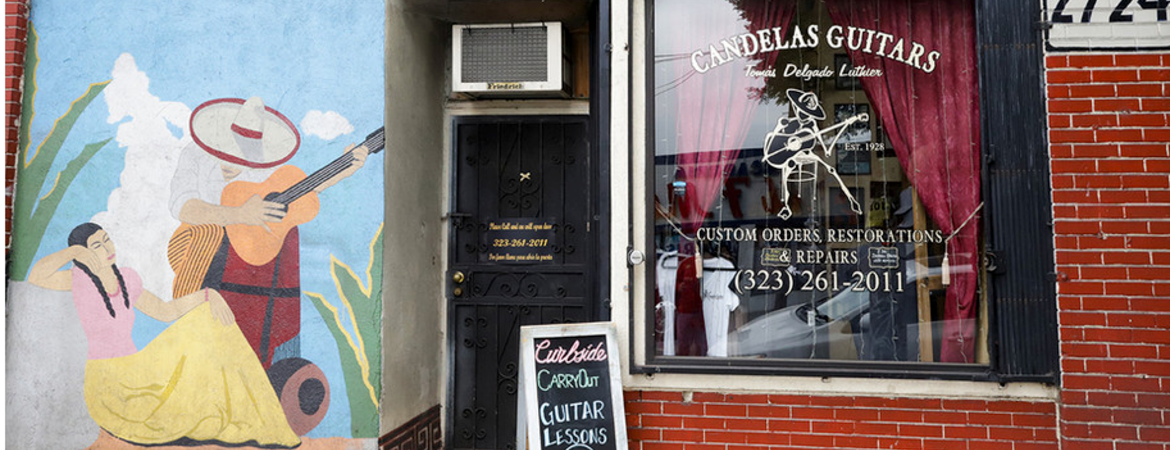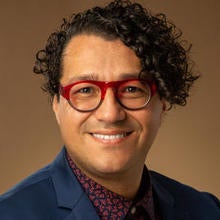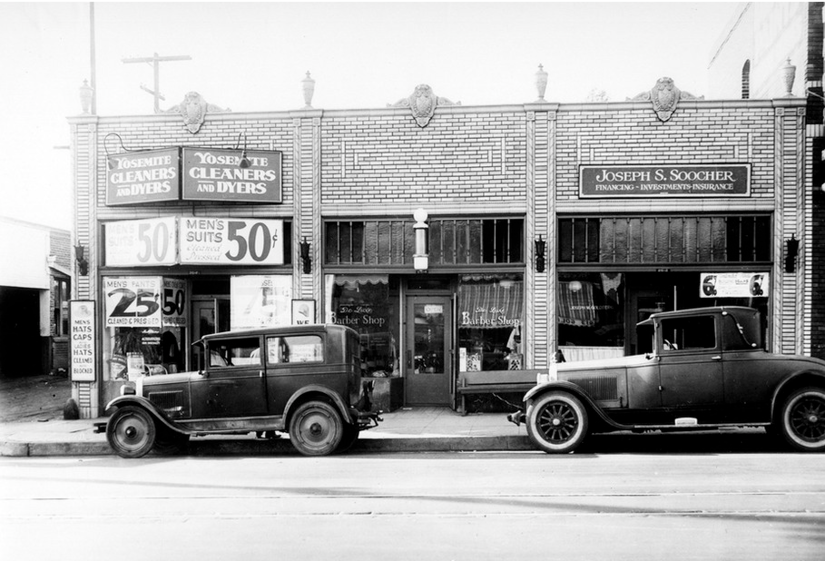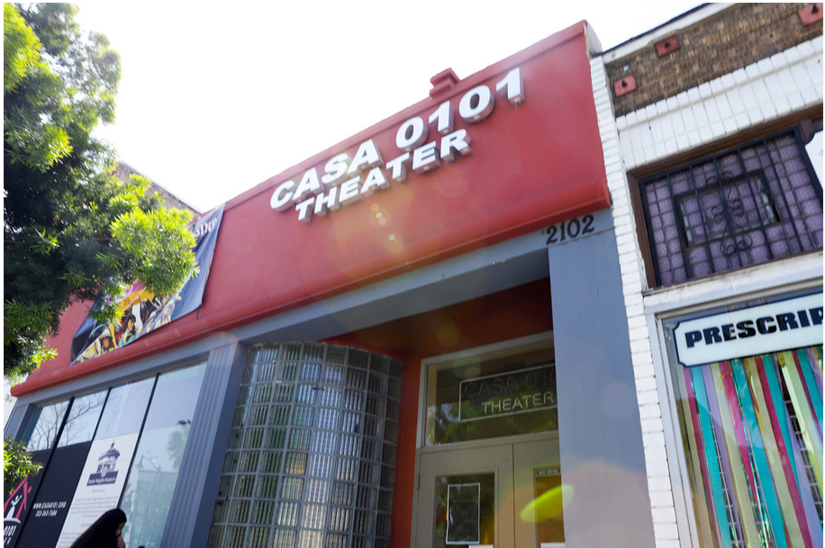
Capturing the essence of a place requires more than time. It requires confianza. Trust.
That’s why for more than a year a team co-led by a UC Riverside cultural and urban historian interviewed, researched, and documented the lives of Boyle Heights residents — all in the midst of the COVID-19 pandemic. For centuries, Boyle Heights, a community three miles east of downtown Los Angeles, has been home to generations of immigrants and social justice movements.
“All the roads lead to Boyle Heights, it’s a place of intersection,” said Jorge N. Leal, an assistant professor of history at UCR and co-curator and museum educator at the Boyle Heights Museum, or BHM.
Leal, a team of five researchers from the University of Southern California, and a group of Boyle Heights high school students documented the neighborhood’s history using their strongest tool: relationship-building, a keystone for what is known as confianza in Spanish. Their approach to this project was noted in a peer-reviewed paper published in History, the journal of the United Kingdom’s Historical Association. Results from this research also led to the creation of the most recent exhibit at BHM, titled “Boyle Heights: Traditions of Innovations,” which includes historical images, videos, and interviews.
In their research paper, titled “Building Confianza: Collective Public History in the Time of Distance. A joint reflection from the Boyle Heights Museum Team,” the researchers write: “Confianza translates as ‘trust’, or confidence, but for the BHM team members, the word carries a deeper meaning and resonance. Collectively drawing on our different Latinx cultural upbringings we theorise the word confianza as bonding, mutual acts and efforts where we empower, uplift and provide trust within and between each other to tell our histories and the histories of our communities.”
Boyle Heights was part of the original Spanish land grant that established the city of Los Angeles in 1781. The community has served as a home for Russian, Jewish, Japanese, and most recently, Mexican immigrants. At its center is the Chicago Building, a space that served as the home for the Community Service Organization (CSO), the group established by labor rights activists César Chávez and Dolores Huerta.
“A lot of Latinx history has happened here. Residents found power in the sense that the first Mexican American council person was elected in the 1950s, the first in the 20th century,” Leal said. “A lot of the civil rights marches started here too, it was the epicenter of the Chicano Movement in the 1960s and even through the 1990s. These were all efforts to improve the neighborhood led by mothers and community members. Boyle Heights is a place for LA history and Latinx history.”
Its historied past and present makes it an important community to document, Leal said. BHM was a natural partner, he said, as was involving Las Fotos Project, a Los Angeles-based non-profit dedicated to inspiring teens using photography.
Having Las Fotos Project, local residents, graduate students, and the museum founders, George Sánchez, a USC history professor and director of the USC Center for Diversity and Democracy, along with award-winning playwright Josefina López, was crucial in building the confianza needed to accomplish the project. The researchers embedded themselves in the community and got to know business owners and residents alike. Their conversations ranged from health, jobs, struggling business operations, family, and the pandemic. COVID-19 forced most of these relationship-building interactions to occur via telephone and Zoom, Leal said.
In addition to its historical significance, Boyle Heights is still having a strong presence. The community — an area where 75% of its residents are renters and have an average annual income of $33,000 — has rallied against gentrification. Protests to push out gentrification plans garnered regional and national media attention. In 2020 Netflix picked up “Gentefied,” a comedy-drama about a grandfather trying to save his Boyle Heights restaurant with the help of his three grandchildren.
“I think that the Boyle Heights Museum project can serve as a template that we can use as we think of communities and their long histories in the Inland Empire,” Leal said. “History doesn’t always happen in the past. Everyday people create history.”
Header image: Candelas Guitars- Las Fotos Project 2021. Photo by Rocio Hernandez







